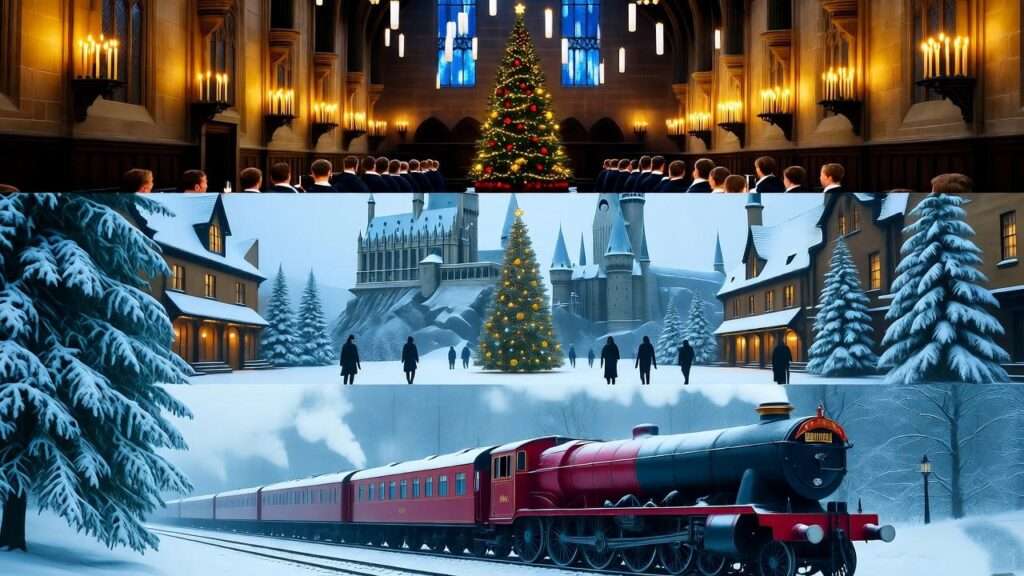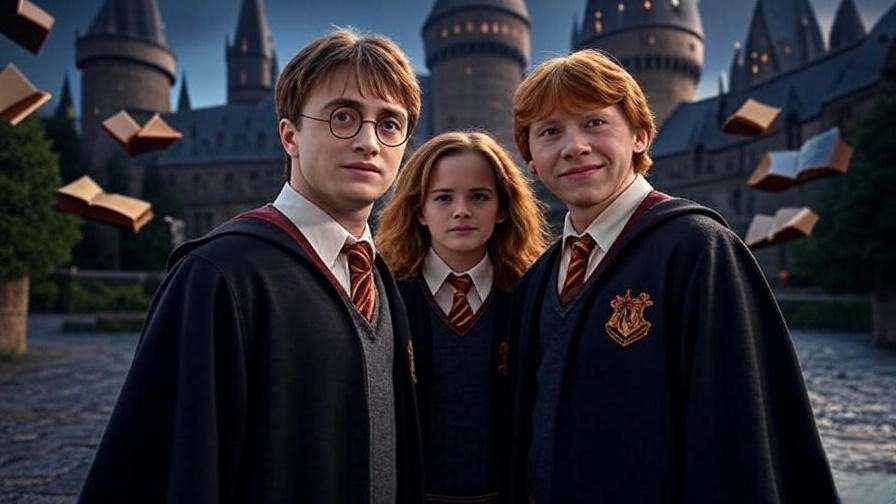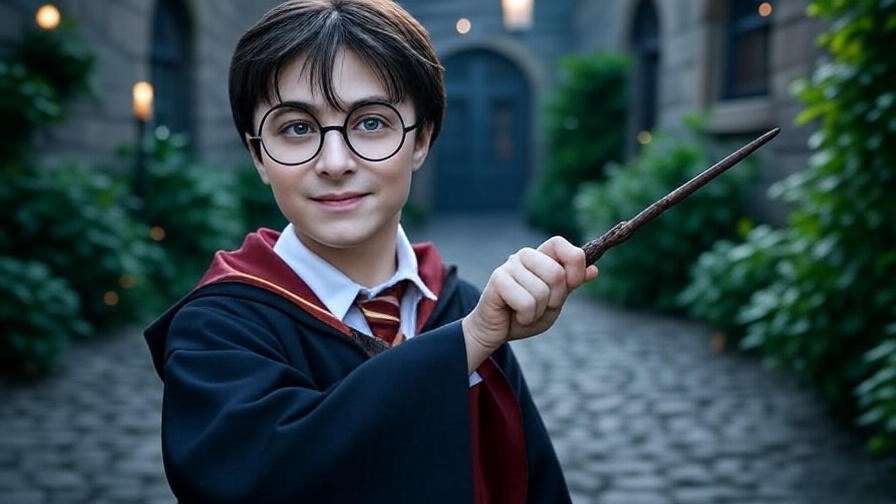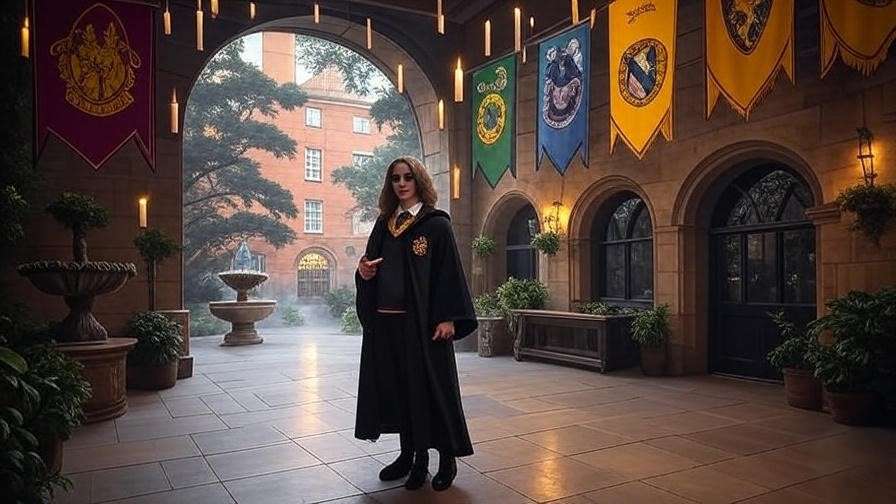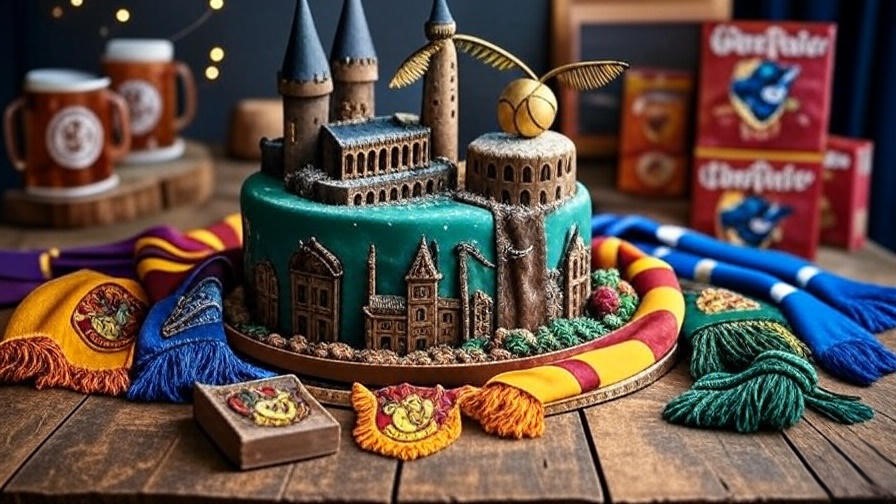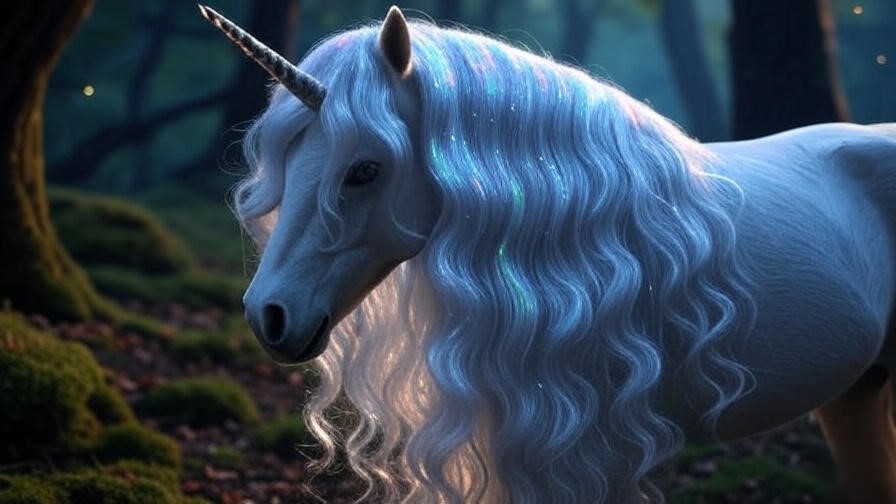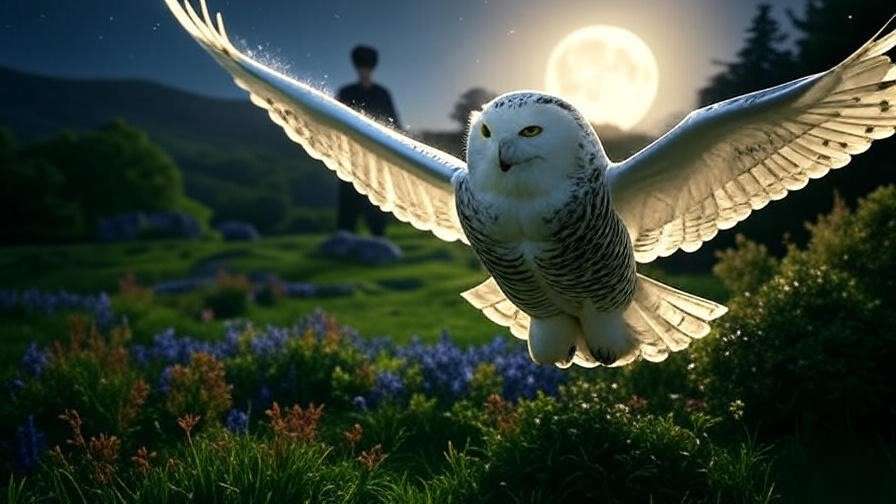Picture yourself standing in the snow-dusted courtyard of Hogwarts, the castle aglow with enchanted candles and festive decorations, wondering: how long are the Hogwarts holidays typically? For Harry Potter fans, the magical school’s holiday schedule is more than just a break from classes—it’s a window into the heart of J.K. Rowling’s wizarding world. From the cozy Christmas feasts in the Great Hall to the long summer days away from Hogwarts, these holidays shape the lives of Harry, Ron, Hermione, and their peers. In this comprehensive guide, we’ll explore the typical length of Hogwarts holidays, their significance in the series, and how fans can bring the magic of these breaks to life. Whether you’re a Muggle curious about the wizarding calendar or a devoted Potterhead, this article offers a detailed, canon-backed dive into the Hogwarts school year.
As a lifelong Harry Potter enthusiast with a deep knowledge of the books, films, and supplemental materials like Pottermore, I’ve crafted this guide to answer your questions with precision and flair. Expect insights drawn from J.K. Rowling’s writings, fan discussions, and expanded universe sources to ensure an authoritative and engaging read.
Overview of the Hogwarts School Year
Structure of the Academic Calendar
The Hogwarts school year mirrors the structure of traditional UK boarding schools but with a distinctly magical twist. Running from early September to late June, the academic year is divided into three terms, punctuated by holidays that offer students a chance to rest, celebrate, or return home. The key breaks are the Christmas holidays, Easter holidays, and the extended summer break, each with its own duration and significance. Unlike Muggle schools, Hogwarts infuses its calendar with wizarding traditions—think enchanted snow falling in the Great Hall or Quidditch matches under spring skies.
For context, a typical UK boarding school year includes about 36 weeks of instruction, with breaks for Christmas (2–3 weeks), Easter (2 weeks), and summer (6–8 weeks). Hogwarts follows a similar rhythm, though its holidays are shaped by magical events like the Yule Ball or Halloween feasts, as seen in Harry Potter and the Philosopher’s Stone and Harry Potter and the Goblet of Fire.
Importance of Holidays in the Wizarding World
Hogwarts holidays are more than just time off—they’re pivotal to the Harry Potter narrative. Major plot points often unfold during these breaks, from Harry receiving his Invisibility Cloak at Christmas to the Weasley twins’ dramatic departure during Easter in Harry Potter and the Order of the Phoenix. Holidays also highlight cultural traditions in the wizarding world, blending Muggle-inspired celebrations (like Christmas) with magical flair (enchanted decorations, wizarding games). For students, these breaks offer a chance to connect with family, explore Hogwarts’ mysteries, or, in Harry’s case, face unexpected adventures.
How Long Are the Hogwarts Holidays Typically?
Christmas Holidays
The Christmas holidays at Hogwarts typically last 2–3 weeks, spanning mid-December to early January. This break aligns with the UK’s traditional winter holidays, allowing students to return home via the Hogwarts Express or stay at the castle for festive celebrations. Canon evidence from Harry Potter and the Philosopher’s Stone shows Harry staying at Hogwarts for his first Christmas, enjoying a lavish feast and receiving gifts like the Invisibility Cloak. Similarly, Harry Potter and the Chamber of Secrets describes the holiday as a cozy period with fewer students and magical decorations.
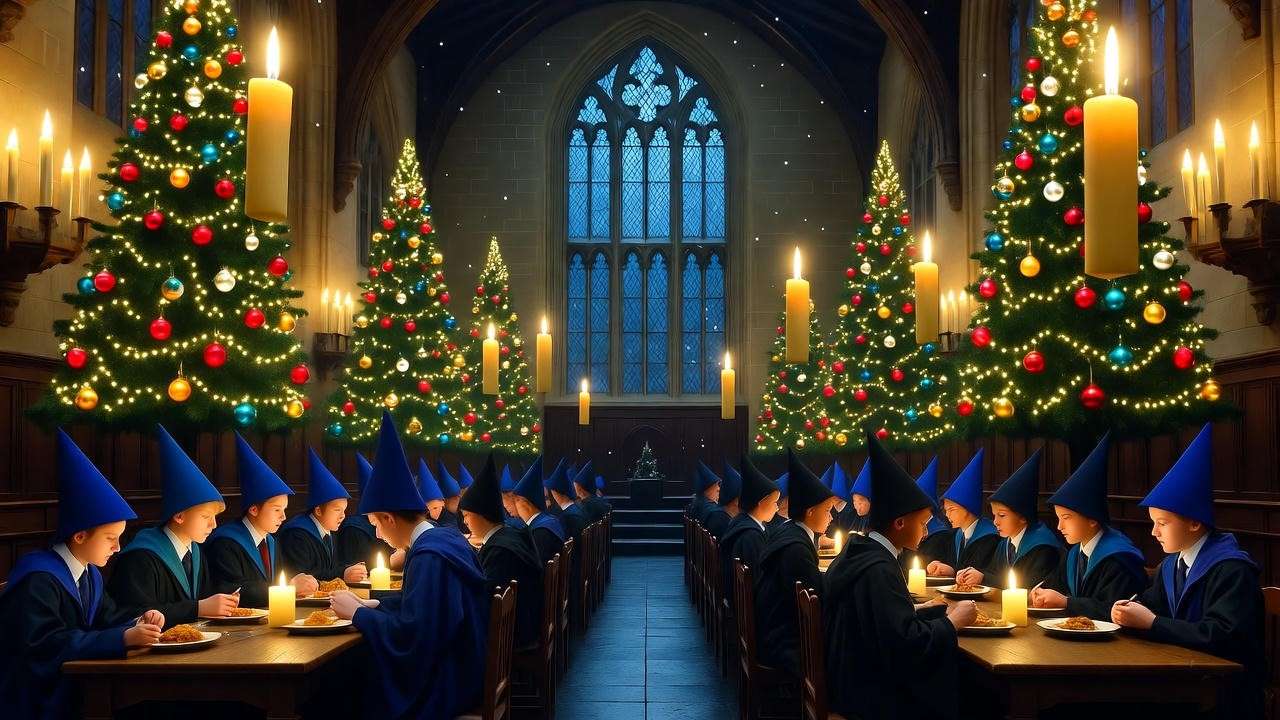
Key events during the Christmas holidays include:
- Feasts and Traditions: The Great Hall is adorned with towering Christmas trees, enchanted snow, and festive dishes like roast turkey and flaming puddings (Philosopher’s Stone, Chapter 12).
- Yule Ball: In Harry Potter and the Goblet of Fire, the Christmas holiday extends to include the lavish Yule Ball, a highlight of the Triwizard Tournament.
- Gift-Giving: Students exchange gifts, such as Harry’s Weasley jumper or Ron’s Chocolate Frogs, reflecting wizarding traditions.
Easter Holidays
The Easter holidays typically last 1–2 weeks, occurring in late March or early April, depending on the lunar calendar. This break is shorter than Christmas but still significant, as students use the time to revise for exams or relax. In Harry Potter and the Order of the Phoenix, the Easter holidays are marked by intense study sessions for O.W.L.s, with Harry and friends staying at Hogwarts to prepare. The break also allows for Quidditch matches and springtime activities, as the castle grounds bloom with magical flora.
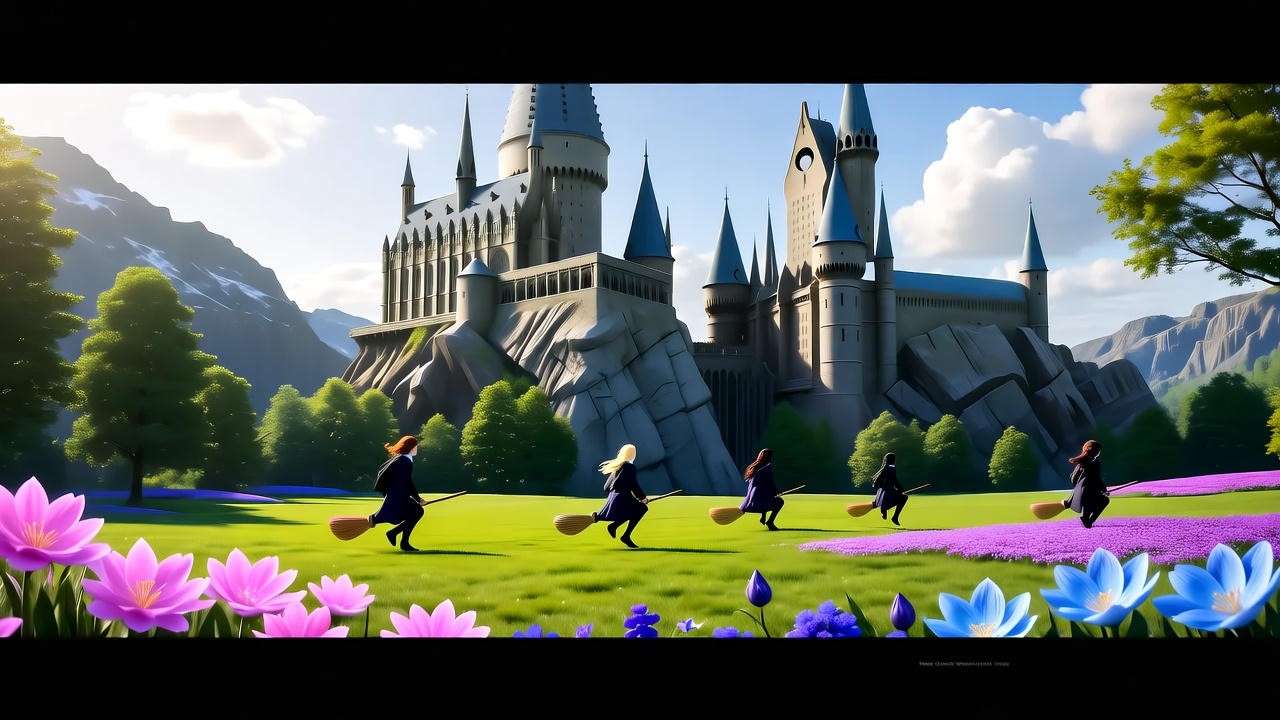
Key features include:
- Academic Focus: Students like Hermione use the break to study, as seen in Order of the Phoenix (Chapter 26).
- Quidditch and Leisure: The milder weather encourages outdoor activities, like Ron’s Quidditch practice.
- Travel: Many students return home, though some, like Harry, remain at Hogwarts for various reasons.
Summer Holidays
The summer holidays are the longest break, lasting approximately 2 months from late June to early September. This extended period allows students to return to their families, prepare for the new term, or, in Harry’s case, endure time with the Dursleys. Canon examples include Harry’s summer before Harry Potter and the Chamber of Secrets, where he spends weeks at Privet Drive before being rescued by the Weasleys, and his birthday celebrations in Harry Potter and the Deathly Hallows.
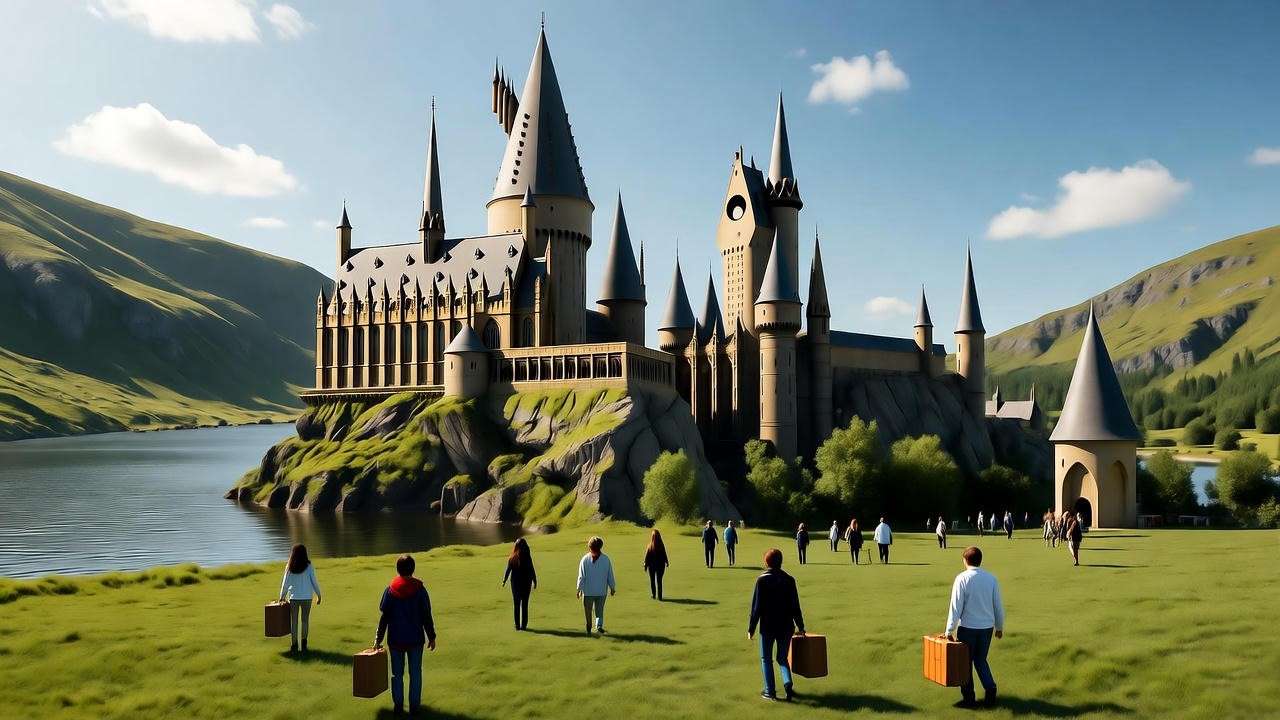
Highlights of the summer holidays:
- Family Time: Students like Ron reconnect with their families, offering glimpses into wizarding home life (e.g., The Burrow).
- Plot Development: Major events often occur during summer, such as Harry’s trial in Order of the Phoenix or the Quidditch World Cup in Goblet of Fire.
- Preparation: Students receive book lists and supplies, as seen in Diagon Alley visits (Chamber of Secrets, Chapter 4).
Other Breaks and Special Days
Hogwarts doesn’t have official mid-term breaks like some Muggle schools, but special days like Halloween and Valentine’s Day are marked with feasts and events. For example, Harry Potter and the Philosopher’s Stone describes the Halloween feast disrupted by a troll, while Harry Potter and the Chamber of Secrets features a Valentine’s Day event with Lockhart’s antics. These occasions don’t involve school closures but add to the festive calendar. Additionally, extraordinary events like the Triwizard Tournament (Goblet of Fire) or wartime disruptions (Deathly Hallows) can alter the holiday schedule.
What Happens During Hogwarts Holidays?
Students Staying at Hogwarts
Not all students return home during holidays, especially Christmas and Easter. Some, like Harry, stay due to difficult home situations, while others choose the castle’s warmth over travel. Staying at Hogwarts offers a unique experience:
- Festive Atmosphere: The Great Hall transforms with magical decorations, such as the twelve Christmas trees in Philosopher’s Stone or the enchanted snow described by Rowling.
- Activities: Students enjoy feasts, explore the castle, or engage in games like wizard chess. Harry’s first Christmas, unwrapping the Invisibility Cloak, is a prime example (Philosopher’s Stone, Chapter 12).
- Bonding: Fewer students mean closer interactions, as seen with Harry and the Weasleys during Christmas.
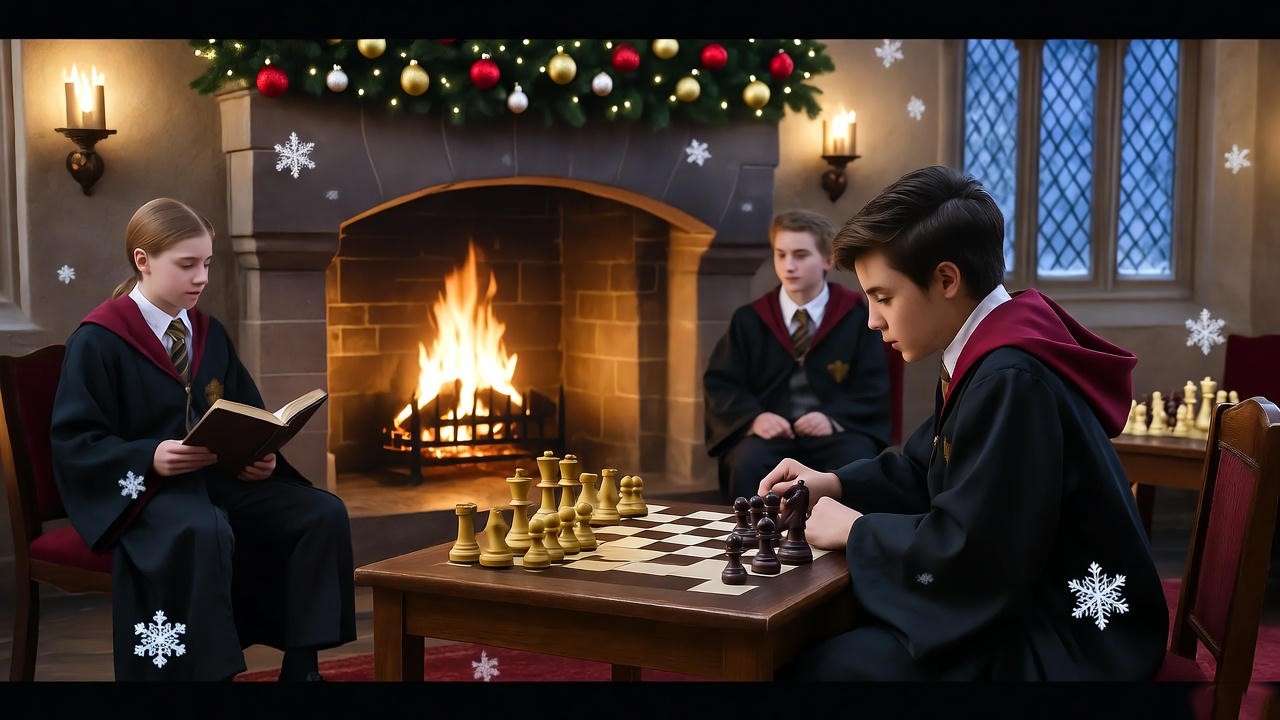
Students Returning Home
For those who leave, the Hogwarts Express is the primary mode of transport, departing from Hogsmeade Station at the start and end of major holidays. Canon examples include Ron returning to The Burrow or Draco visiting Malfoy Manor (Chamber of Secrets). Home life varies:
- Weasley Family: Ron’s holidays at The Burrow are filled with warmth, chaos, and homemade meals (Goblet of Fire).
- Hermione’s Experience: As a Muggle-born, Hermione spends holidays with her parents, blending wizarding and Muggle traditions.
- Plot Implications: Holidays at home often set the stage for key events, like Harry’s encounters with Dobby in Chamber of Secrets.
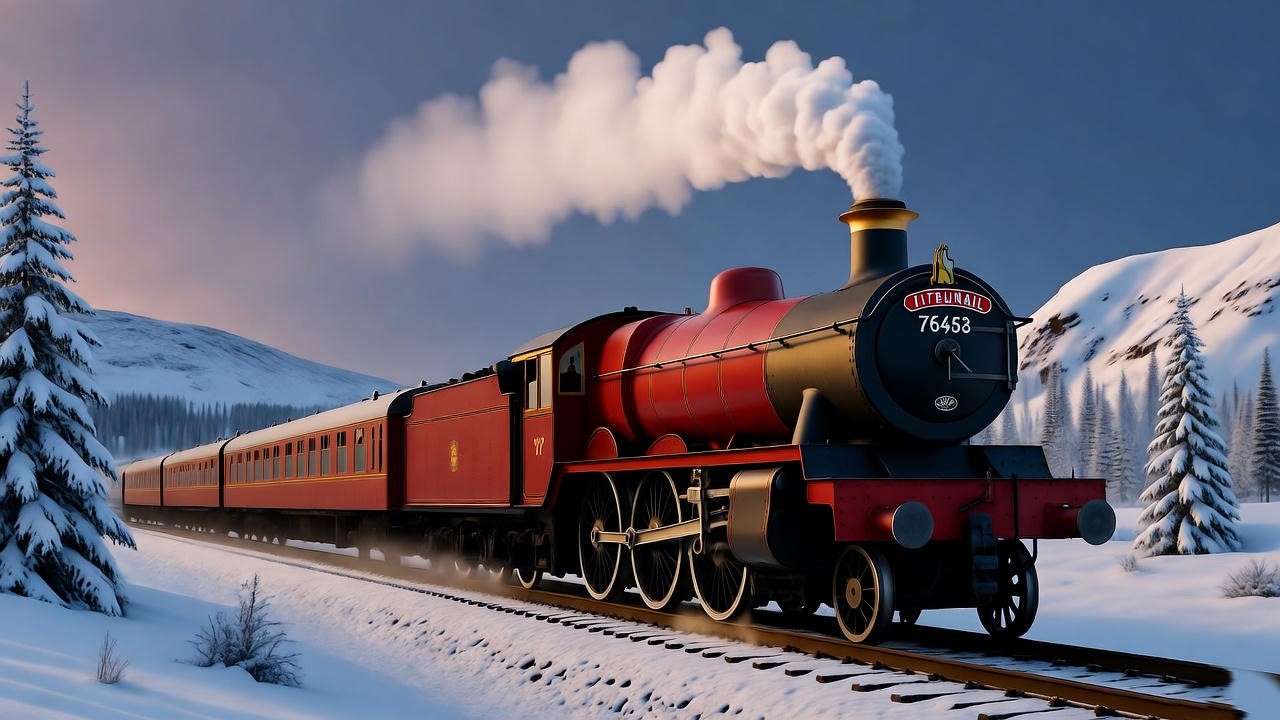
Faculty and Staff During Holidays
Hogwarts remains operational during holidays, with faculty like Dumbledore and McGonagall overseeing the castle. House-elves maintain the kitchens, preparing lavish feasts, while magical wards ensure security. In Harry Potter and the Prisoner of Azkaban, Dumbledore stays during Christmas to monitor the school amid Sirius Black’s threat. Professors may also use breaks for research or personal pursuits, though Rowling notes they remain vigilant (Pottermore writings on Hogwarts staff).
Comparing Hogwarts Holidays to Real-World School Breaks
UK Boarding School Context
Hogwarts’ holiday schedule closely resembles that of UK boarding schools, with Christmas (2–3 weeks), Easter (1–2 weeks), and summer (6–8 weeks) breaks. However, Hogwarts’ magical setting adds unique elements, like enchanted decorations or wizarding-specific events. For example, while Muggle schools might host Christmas parties, Hogwarts features magical feasts with self-replenishing dishes (Philosopher’s Stone).
Cultural and Historical Influences
Hogwarts holidays draw heavily from British traditions:
- Christmas: Includes Muggle-inspired elements like crackers and gifts, enhanced by magical touches like enchanted snow or bewitched ornaments.
- Easter: Focuses on springtime renewal, with chocolate eggs and Quidditch matches, reflecting UK customs with a wizarding spin.
- Historical Roots: Rowling’s depiction of holidays echoes medieval British traditions, such as grand feasts, which align with Hogwarts’ ancient aesthetic (Pottermore, “Hogwarts History”).
Why Knowing Hogwarts Holiday Lengths Matters for Fans
Planning Fan Activities
Understanding the Hogwarts holiday schedule can inspire fans to create immersive experiences:
- Themed Parties: Host a Yule Ball-inspired event with twinkling lights and wizarding music, timed to the Christmas holiday (mid-December).
- Reading Challenges: Re-read holiday chapters during the corresponding seasons, like Harry’s Christmas in Philosopher’s Stone during December.
- Cosplay and Events: Plan cosplay gatherings during the 2-month summer break, mimicking students’ return to Diagon Alley.
Understanding the Story and Characters
Holidays reveal deeper layers of the Harry Potter narrative:
- Character Insights: Harry’s loneliness during Christmas contrasts with the Weasleys’ warmth, highlighting their bond (Philosopher’s Stone).
- Plot Significance: Key moments, like Sirius Black’s escape plans in Prisoner of Azkaban, unfold during holidays, making them critical to the story.
Engaging with the Wizarding World
Fans can connect with Hogwarts holidays through real-world experiences:
- Theme Parks: Visit Universal Studios’ Wizarding World during holiday seasons for festive decorations and events inspired by the books.
- Fan Communities: Join discussions on X or Reddit about favorite holiday moments, fostering a sense of shared fandom.
Expert Insights: Canon and Beyond
J.K. Rowling’s Comments on Holidays
J.K. Rowling has provided valuable insights into the Hogwarts holiday schedule through her writings on Pottermore (now Wizarding World) and interviews. She describes the Christmas holidays as a time of “magical splendor,” with the Great Hall transformed by towering trees and enchanted snow, as seen in Harry Potter and the Philosopher’s Stone. Rowling also highlights the Yule Ball in Harry Potter and the Goblet of Fire as a rare wizarding tradition tied to the Triwizard Tournament, emphasizing its cultural significance in the wizarding world. Her notes on Pottermore explain that holidays at Hogwarts blend Muggle traditions with magical enhancements, such as bewitched Christmas crackers that explode with surprises like live mice or wizard chess sets. These details reinforce the immersive quality of Hogwarts’ holiday seasons and provide a foundation for understanding their typical lengths.
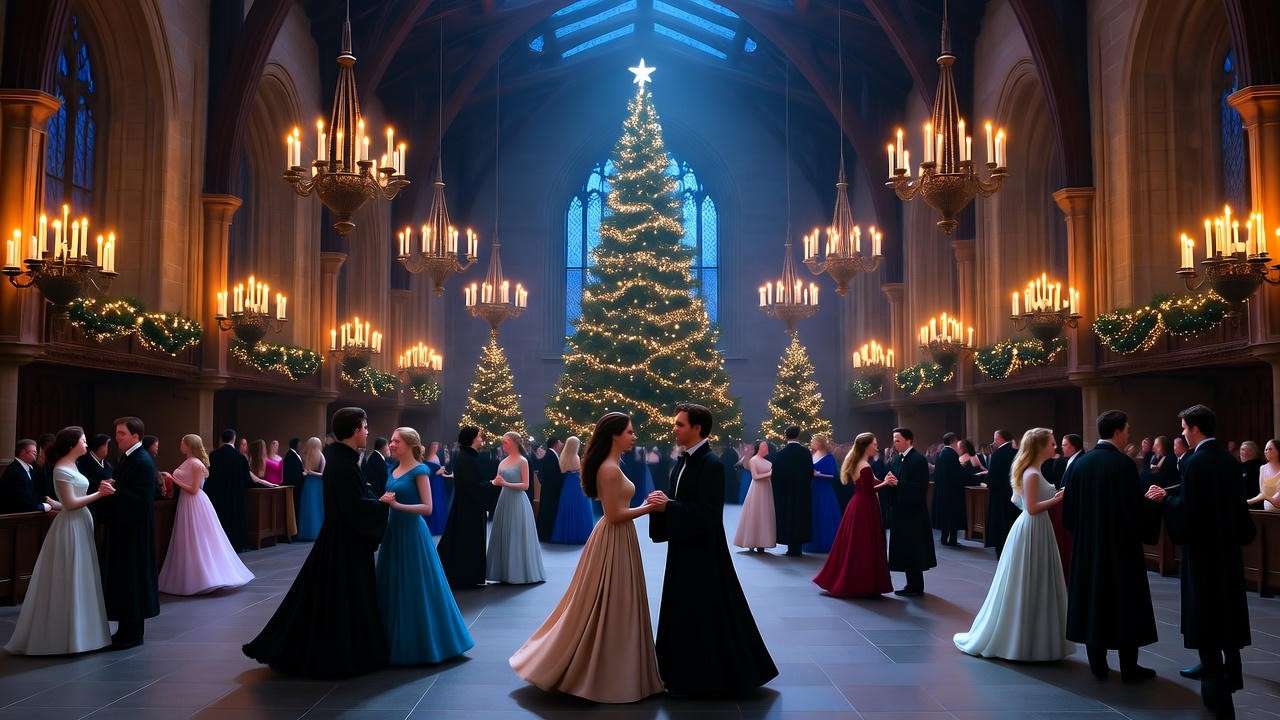
Fan Theories and Community Discussions
The Harry Potter fandom has long debated the nuances of the Hogwarts calendar, with discussions on platforms like Reddit and X offering fresh perspectives. One popular theory suggests that the Christmas holidays may vary slightly in length depending on the school’s needs, such as during the Triwizard Tournament, when extra time was allocated for events like the Yule Ball. Fans also speculate about the impact of wartime periods, like in Harry Potter and the Deathly Hallows, when holidays were disrupted by Voldemort’s influence. These discussions, often rooted in close readings of the books, highlight the holidays’ role in pacing the series’ narrative and building suspense. For example, a thread on X recently explored how Harry’s summer holidays often set the stage for major plot twists, like the Quidditch World Cup attack in Goblet of Fire.
Expanded Universe Context
The Hogwarts holiday schedule extends beyond the books into other media, enriching our understanding. In Fantastic Beasts and Where to Find Them, holiday celebrations are less prominent, but references to seasonal events suggest a similar calendar in the broader wizarding world. The video game Hogwarts Legacy depicts festive decorations during Christmas, with snow-covered Hogsmeade and holiday-themed quests, aligning with the 2–3-week break described in the books. Universal Studios’ Wizarding World theme parks also recreate Hogwarts holidays, with Christmas at Hogwarts featuring decorated castles and seasonal treats like Butterbeer fudge. These adaptations reinforce the canonical holiday lengths while adding immersive details for fans.
FAQs About Hogwarts Holidays
How long is the Christmas holiday at Hogwarts?
The Christmas holiday typically lasts 2–3 weeks, from mid-December to early January, as seen in Harry Potter and the Philosopher’s Stone and Harry Potter and the Chamber of Secrets. Students can stay at Hogwarts or return home via the Hogwarts Express.
Do all students go home during holidays?
No, students can choose to stay at Hogwarts, especially for Christmas and Easter. Harry often remains due to his difficult home life, enjoying festive feasts and castle explorations (Philosopher’s Stone, Chapter 12).
Are there any holidays unique to the wizarding world?
While most Hogwarts holidays mirror Muggle traditions like Christmas and Easter, events like the Yule Ball (Goblet of Fire) are distinctly wizarding, tied to magical traditions and tournaments.
How do holidays affect the Hogwarts Express schedule?
The Hogwarts Express runs at the start and end of major holidays (Christmas, Easter, and summer) to transport students to and from King’s Cross Station, as detailed in multiple books.
Are there holidays during the school term?
Minor celebrations like Halloween and Valentine’s Day involve feasts and events but don’t include official breaks, as seen in Philosopher’s Stone (Halloween troll incident) and Chamber of Secrets (Lockhart’s Valentine’s Day).
Tips for Fans: Bringing Hogwarts Holidays to Life
- Host a Hogwarts-Themed Holiday Party: Create a Yule Ball-inspired event with twinkling fairy lights, wizarding music (like the Weird Sisters), and DIY decorations like paper snowflakes enchanted with glitter. Serve treats inspired by the books, such as treacle tarts or chocolate frogs, to capture the festive spirit of Hogwarts’ Christmas holidays.
- Create a Hogwarts Holiday Reading Challenge: Align your reading with the wizarding calendar by re-reading holiday chapters during the corresponding seasons. For example, read Philosopher’s Stone Chapter 12 (“The Mirror of Erised”) in December to relive Harry’s first Christmas at Hogwarts.
- Explore Holiday Recipes: Recreate wizarding dishes like pumpkin pasties or Butterbeer cupcakes, inspired by recipes shared on fan sites and Pottermore. These treats can elevate your holiday gatherings and connect you to the Hogwarts experience.
- Plan a Wizarding World Visit: Visit Universal Studios’ Wizarding World during the holiday season to see Hogwarts Castle adorned with snow and festive lights. Seasonal events often include holiday-themed shows and treats, aligning with the Christmas holiday timeline.
The Hogwarts holidays—Christmas (2–3 weeks), Easter (1–2 weeks), and summer (about 2 months)—are more than just breaks in the school year; they’re integral to the magic of J.K. Rowling’s wizarding world. From the enchanted snow of the Great Hall to the long summer days at The Burrow, these periods shape the Harry Potter narrative and offer fans a chance to connect with the series’ heart. Whether you’re planning a Yule Ball-inspired party, re-reading holiday chapters, or visiting a wizarding attraction, understanding the Hogwarts calendar brings the magic to life. Share your favorite Hogwarts holiday moments in the comments or on X, and let’s celebrate the wizarding world together!

